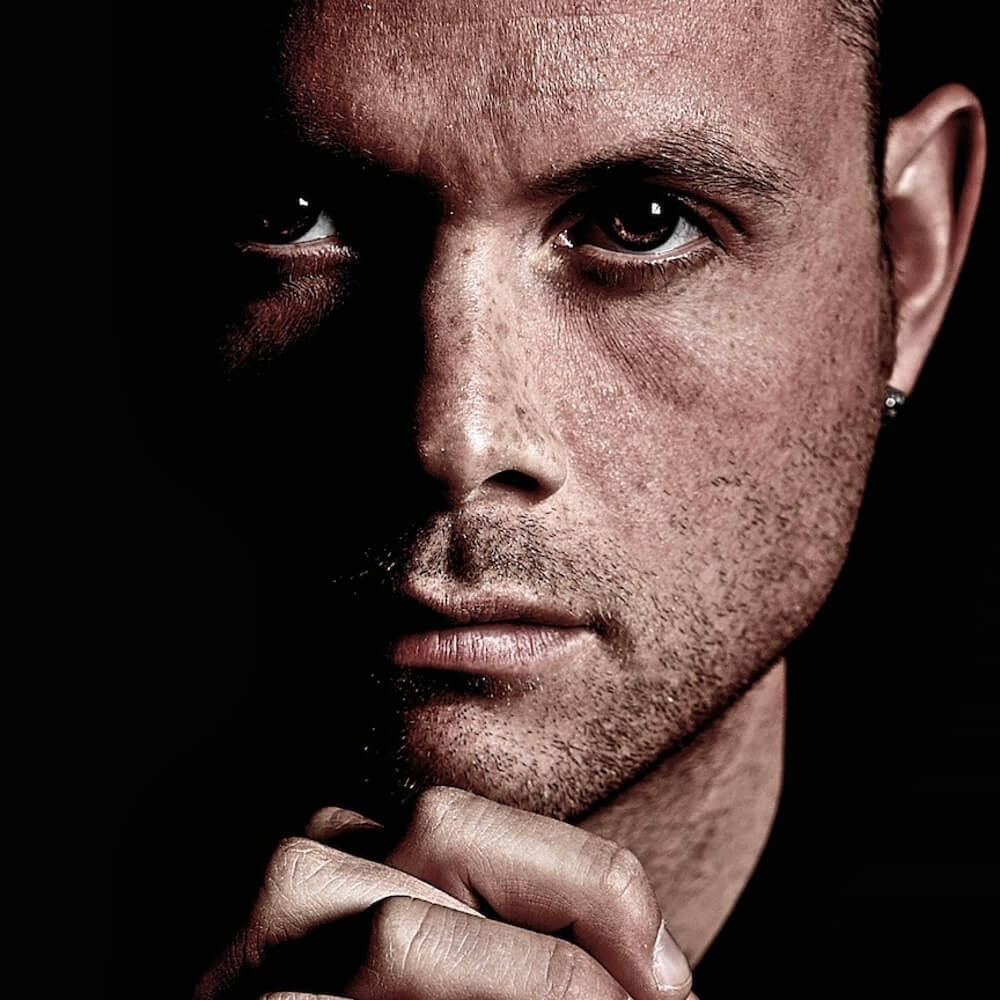Michael Ernest Sweet is a Canadian photographer and arts writer. He is the author of two photography monographs, The Human Fragment and Michael Sweet's Coney Island, both from Brooklyn Arts Press in New York. Michael is best known for his gritty black and white images of people composed at odd angles, which often omit people's faces. His work has been praised by such master photographers as Roger Ballen, Martin Parr, and Jay Maisel. A recipient of many awards, Michael holds both a Prime Minister's Award and a Queen Elizabeth II Medal from Canada for significant contributions to education and the arts. In 2018, Michael appeared in the film, Garry Winogrand: All Things Are Photographable, and again in 2021 in the film, Fill The Frame. Michael is a senior contributing writer for Photo Life Magazine and a former writer for HuffPost. He holds several degrees including a Master of Liberal Arts from The Johns Hopkins University. Michael lives and teaches in New York City.
Statement:
My photography is about pleasing myself. I do not photograph for an audience. Quite frankly, that would be too hard for me. I make photographs of things that interest me. I like weird angles and odd compositions because they tend to tell a better story. As a writer, I look for the story, not just the image. Photographs need to be able to be read from left to right, all across the frame, just like a good book. Everything in the frame matters. Everything that is not in the frame matters. Most people don't get my work. They don't try hard enough. My photos cannot be consumed in 10 seconds on an iPhone. Those who put in the effort get to see what I saw, get to feel what I felt, and, most importantly get to enjoy the moment as I did when I made the image. For me, a photo that is easy to look at and quick to understand is a boring, pedestrian photograph. I am not here to photograph aunt Betty's Birthday party.
Selected Books on

